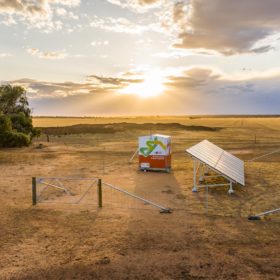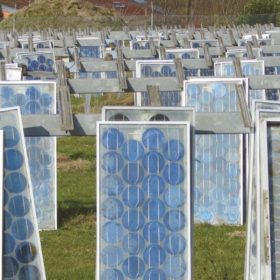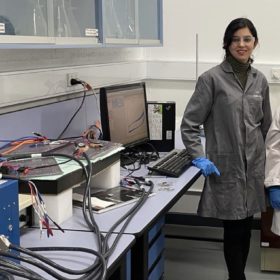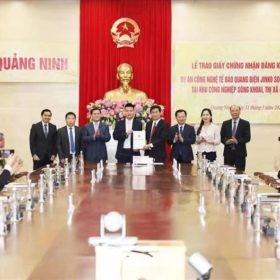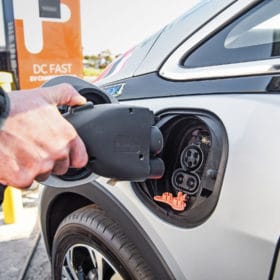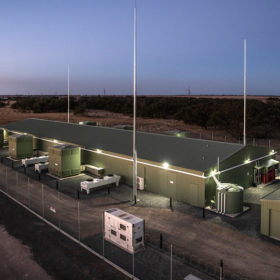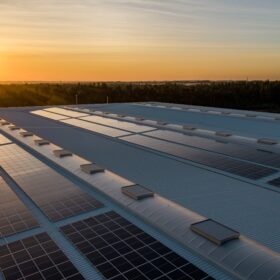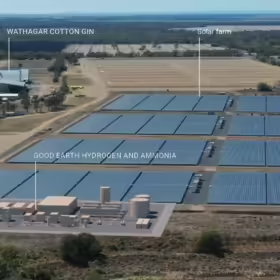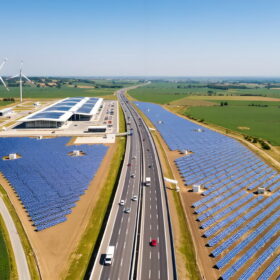Novel PV module recycling tech from South Korea
Developed by the Korea Institute of Energy Research (KIER), the “non-destructive” technology is claimed to enable the recovery of 100% of a module’s glass and to allow the reuse of silicon for producing new solar cells with an efficiency of 20.05%.
US customs enforcement is jeopardising 2.1 GW of solar projects
Solar product detentions at U.S. ports of entry all stem from a June 24 “Withhold Release Order” issued by Customs and Border Protection.
Saturday read: Scaling up standalone power systems
As technology redefines the delivery of network services, grid operators in remote areas the world over are searching for more cost-effective and reliable alternatives to traditional poles and wires. Standalone power systems are the solar application that is at the forefront of the switch, and they’re ramping up fast.
Perovskite-silicon tandems could rapidly scale solar
Halide perovskites combined with conventional silicon could help solar break the 26% efficiency barrier – disrupting the technology without disrupting business systems.
Blockchain for PV module recycling
Next Energy and Marubeni are developing a blockchain tech for PV module inspection – with the support of the Japanese government – which they claim is able to provide data on a panel’s traceability and components as well as verifying that the data were not modified or tampered with.
Solar modules are being detained by customs agents, reports suggest
An order issued in late June instructed customs agents to detain solar shipments containing silica-based products sourced from a Chinese firm and its subsidiaries. Three solar players may already have been impacted.
Melbourne PhD students pioneering new method of recycling li-ion batteries
Three PhD students from Melbourne are moving their research into recycling lithium-ion batteries from the labs into pitch meetings, vying to become one of the first companies in Australia to recover the metals and minerals from spent batteries. Their method, they say, is simpler, less toxic and more cost competitive than those widely used.
JinkoSolar builds 7 GW wafer factory in Vietnam
The new factory should begin production within six months and serve the company’s cell and module assembly factories in Malaysia, as well as the module assembly facility in the United States.
Global battery maker to take all proposed Queensland mine’s ethical cobalt, nickel
LG Energy Solution has agreed to take 100% of the cobalt and nickel from the proposed Sconi Project in Queensland. The company says the deal will give it an “upper hand” in EV battery production and improve its ESG competitiveness.
Why AGL’s new grid-forming battery is ‘genuinely cutting edge’
Australian giant AGL Energy plans to build what will be the world’s largest ‘grid-forming’ battery in South Australia, deploying technology so novel that it yet to be clearly regulated in Australia. “Trialling something like this on the grid at this scale hasn’t been done before anywhere in the world,” Josh Birmingham, Director of Large-Scale & Project Solutions at SMA Australia, told pv magazine Australia.


